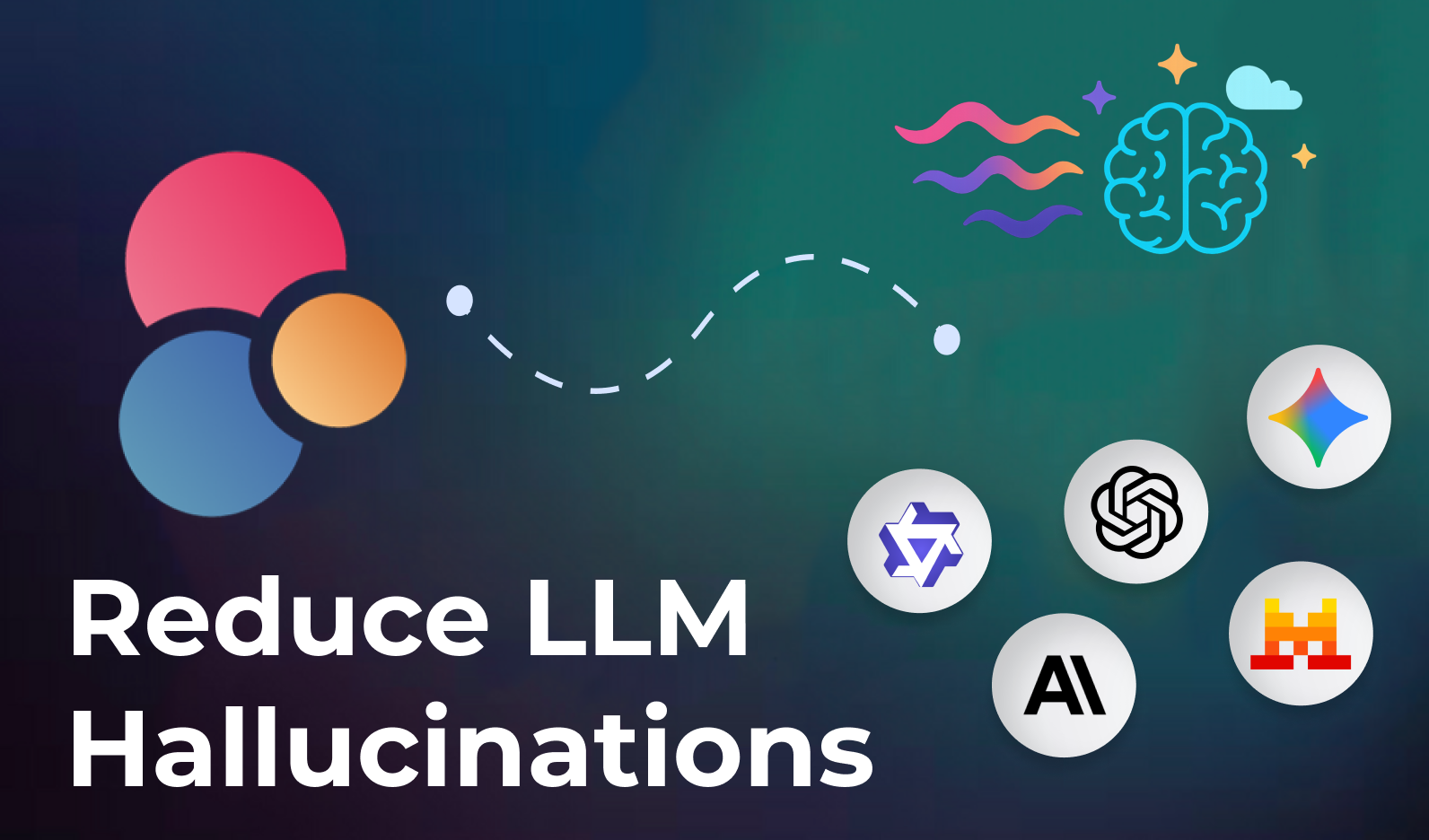
Start Your AI Journey Today
- Access 100+ AI APIs in a single platform.
- Compare and deploy AI models effortlessly.
- Pay-as-you-go with no upfront fees.
Large Language Models (LLMs) are powerful, but they sometimes produce answers that look confident yet are completely wrong, these are called hallucinations. In this article, we’ll explain why hallucinations happen, their impact on SaaS products, and practical ways to reduce them.

LLMs like GPT, Claude, or Gemini can generate highly convincing responses. But one of their biggest limitations is hallucination: confidently producing false, fabricated, or misleading information.
For SaaS companies, hallucinations can undermine user trust, create liability risks, and harm product reliability. That’s why reducing them is critical for real-world applications.
Reducing hallucinations often means using multiple models, external data, and fallback strategies. That’s complex to build from scratch.
With Eden AI:
This way, you improve accuracy while keeping development simple.
LLM hallucinations are a major challenge, but with the right techniques -prompt engineering, retrieval, cross-model validation, and fallback- you can drastically reduce their impact.
By leveraging platforms like Eden AI, SaaS companies can make AI outputs more reliable, accurate, and trustworthy, ensuring users get value without misinformation.


You can start building right away. If you have any questions, feel free to chat with us!
Get startedContact sales
